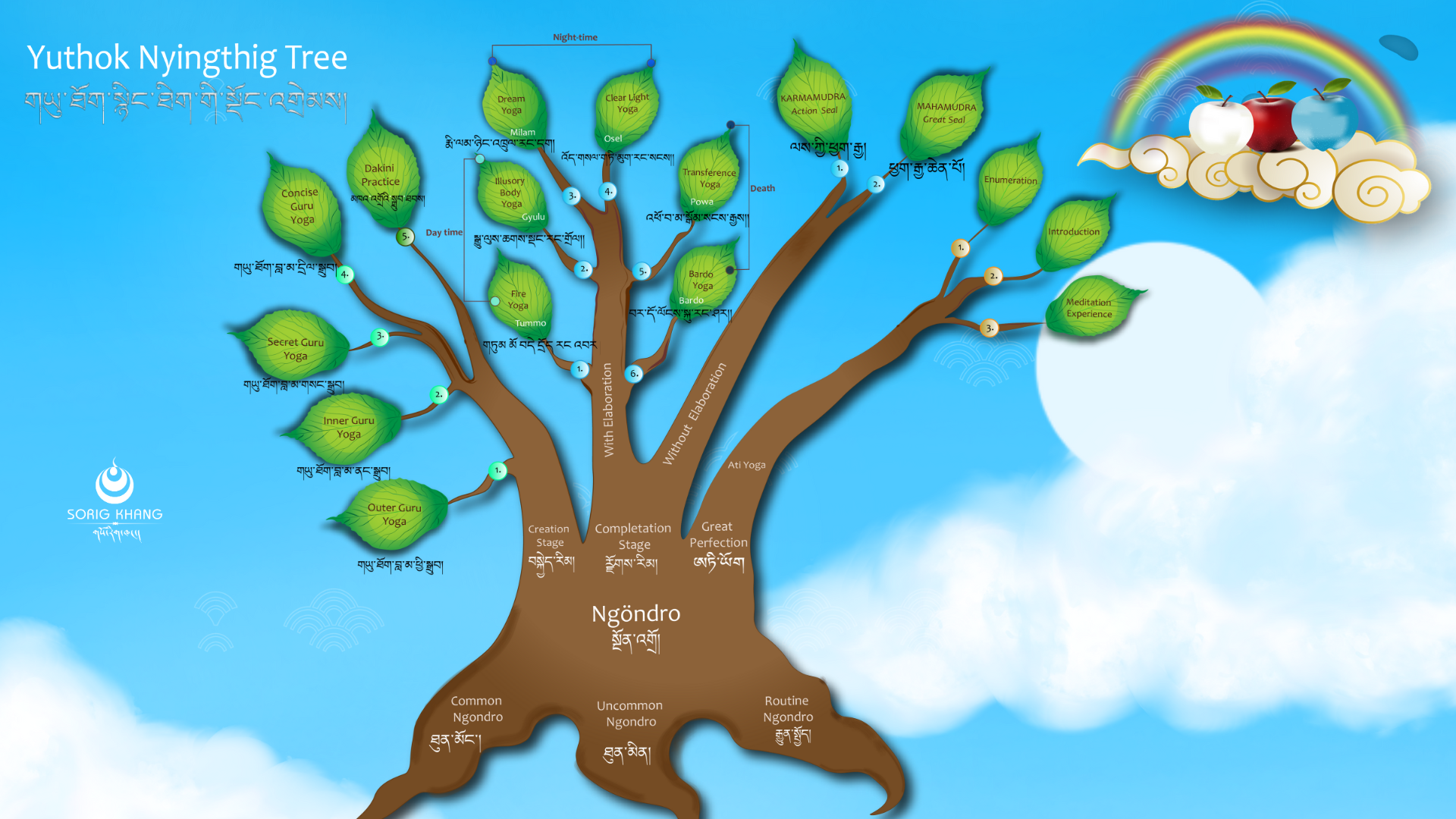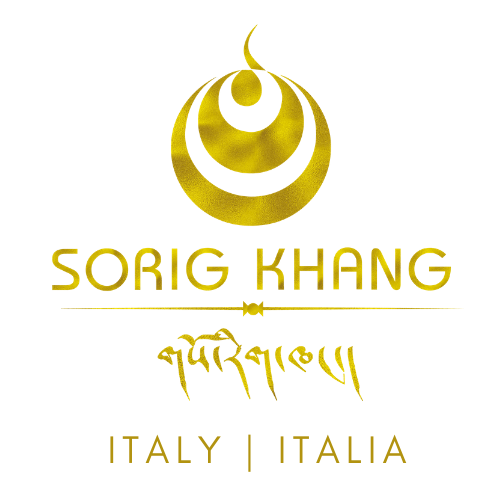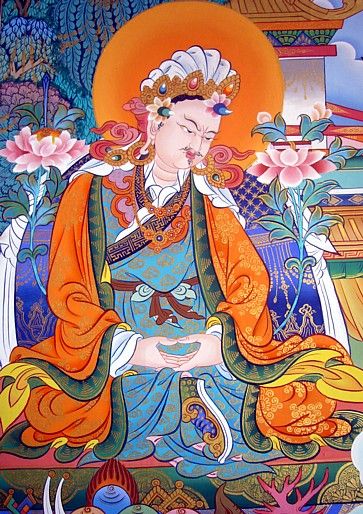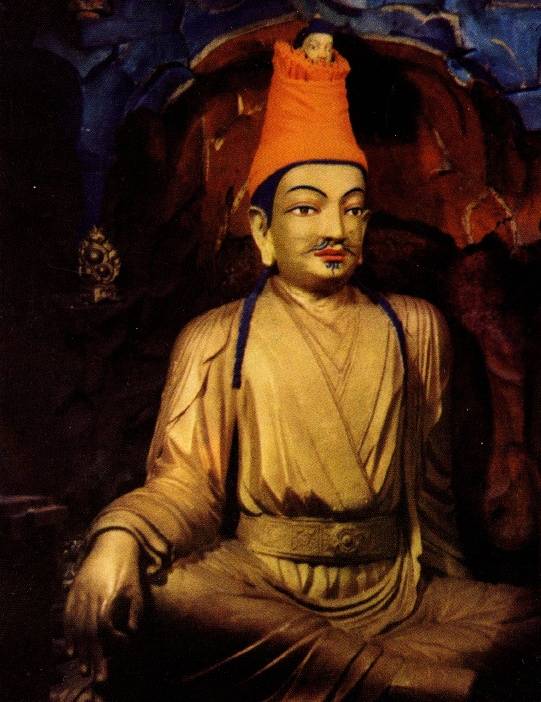Join today
Yuthok nyingthig preliminary practice
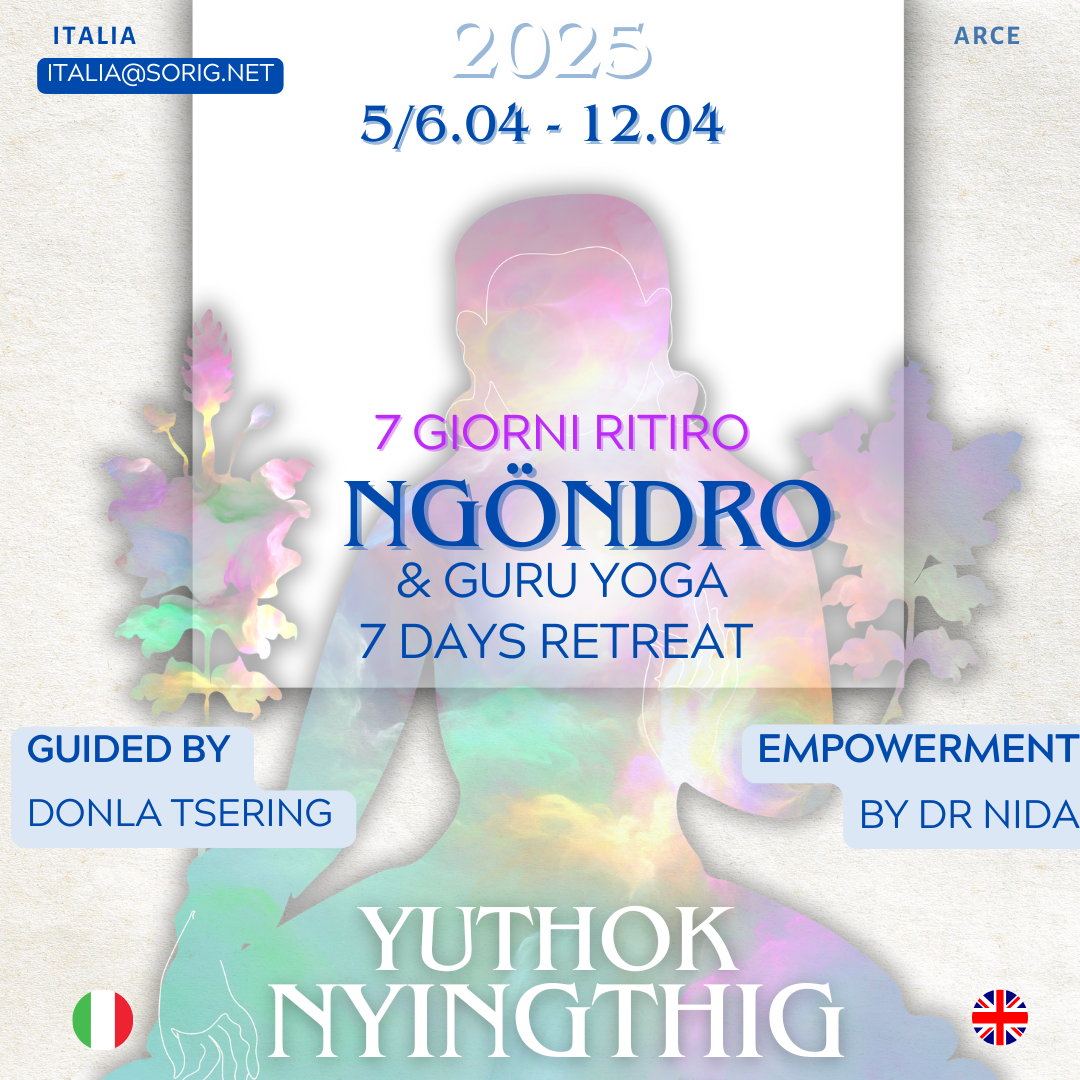
Teacher
/GUIDE
/GUIDE
DONLA TSERING
Quando /When
6 to 12 april
Recordings
1 year recordings
English with translation
Format
Online and in person
Duration
7days
price for memberhip 2024
euro
350
REGISTRATION AND PAYMENT ONLINE
ONLINE NON MEMBER
350,00 Euro
EN
The payment NOT includes an annual membership card of 35.00 Euro, which gives you access to the visual digital content of the platform
IT
Il pagamento NON include una tessera annuale di 35,00 euro, che dà accesso ai contenuti digitali visivi della piattaforma.
The payment NOT includes an annual membership card of 35.00 Euro, which gives you access to the visual digital content of the platform
IT
Il pagamento NON include una tessera annuale di 35,00 euro, che dà accesso ai contenuti digitali visivi della piattaforma.
ONLINE MEMBER
350,00 Euro
EN
Remember to log in first before purchase ( to see the button of enrollemnt)
IT
Ricorda di effettuare il login prima dell'acquisto (per vedere il pulsante di iscrizione).
Remember to log in first before purchase ( to see the button of enrollemnt)
IT
Ricorda di effettuare il login prima dell'acquisto (per vedere il pulsante di iscrizione).
LOW INCOME for members
150,00 Euro
Remember to log in first before purchase ( to see the button of enrollemnt) please send a request to itlia sorig.net
Request for information (accommodation)
MEANING
Ngöndro means preliminary practice
Ngöndro means preliminary practice or preparation. By using the term preliminary practice' it may seem to besomething very basic, and in some respects it is basic, but at the same time it is very important.We could call it a basic essential practice. We could Compare it to the upbringing of a child; the family and early school education are both rudimentary yet important aspects for the child's development. In a similar way the Yuthok Nyingthig Ngöndro practice is extremely useful and essential for beginners to Buddhism
